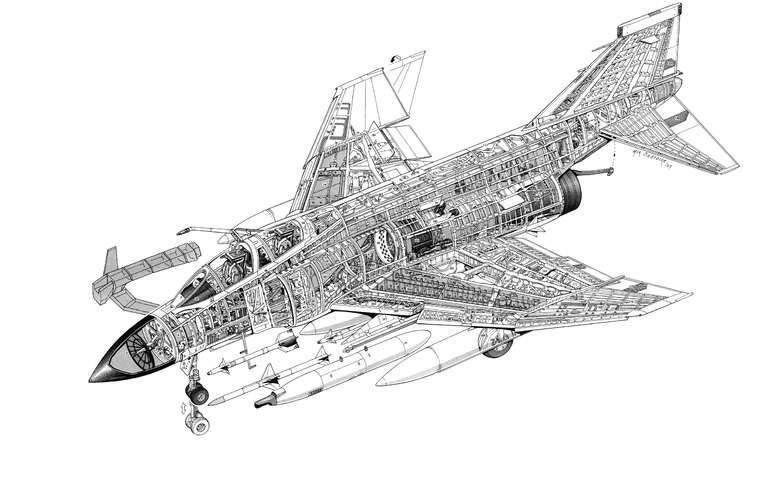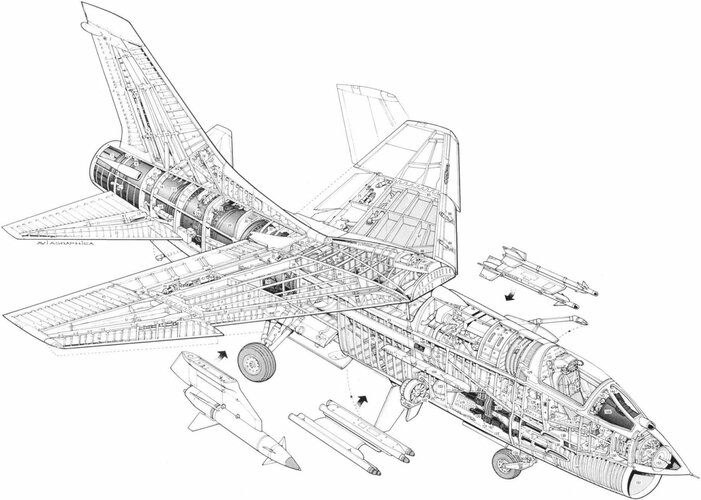Scott Kenny
ACCESS: USAP
- Joined
- 15 May 2023
- Messages
- 11,737
- Reaction score
- 14,524
And yet selecting Phantom instead of Crusader also requires massive refits on the existing carriers, which is funds that could better be spent on CVA01 or some AAW escorts.The timelines of remaining carrier life and the life of the fighter do not overlap enough to make that a particularly important factor.
The fighter fleet was to enter service in the late 60s and serve until the late 80s.
In 1963 when it was announced in Parliament that CVA01 would be built the RN had the Victorious and Ark Royal which were to leave service in the early 70s, the Eagle in rebuild and Hermes scheduled for refit to last until 1980 or so. When the Phantom was selected in mid 1964 the plan changed so the Ark Royal would be refitted to operate Phantoms, alongside the CVA01 and Eagle. This changed again when CVA01 was cancelled in early 1966 and only Ark and Eagle would operate Phantoms until the late 70s and early 80s and Hermes converted into an Commando carrier. This changed again in 1968 when only the Ark would operate Phantoms until the early 70s, and changed yet again in 1970 to stretch this out to the late 70s yet again.
Selecting the F4 was at the time a forward looking decision, one where the CVA01 that had 3.5m pounds on long-lead items on order, was to be the future of the RN. Selecting the F8 would be a regressive decision, tying the RN to a WW2 rebuild due to leave serve ~5 years after the fighter entered service and the smallest carrier they had which was converted into a Commando carrier, while providing the Eagle, CVA01 and Ark Royal with a far less capable fighter than these ships could operate.
While buying Crusaders means that you can operate the planes off your existing carriers without spending any extra money on refits. Plus you can sell the F-8Ks to the French (assuming that the UK buys the whole Crusader assembly line from Vought).
Spey Twosader with AWG-10 (or British-built equivalent, don't care). Convert the rocket tray on the belly into some conformal carriage slots for Sparrows or British missiles, assuming that there's ground clearance. Say, two missiles on the fuselage corners, two more on the outer wing pylons, and a pair of big drop tanks on the inner pylons. You now have exactly the same weapons load as a Phantom, and can have all the other fun bits as well.


